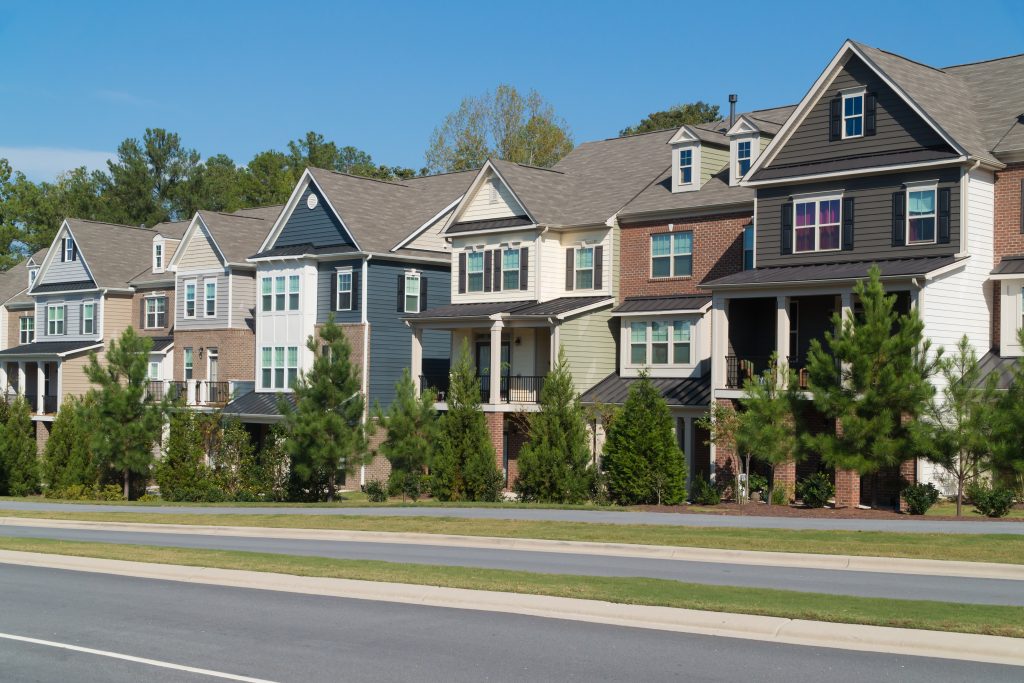Governor Phil Murphy’s Approval of S2760/A4384 Legislation & the Crucial Role of Engineers & Architects in Structural Inspections

In a decisive move aimed at prioritizing the safety and structural integrity of residential housing, Governor Phil Murphy has recently signed into law the groundbreaking S2760/A4384 legislation. This legislation signifies a monumental step forward in ensuring that New Jersey’s homes adhere to the highest structural standards. This article delves into the key provisions of the legislation, its implications for property owners, and how the expertise of engineers and architects is indispensable in conducting thorough and effective structural inspections.
Understanding S2760/A4384 Legislation:
S2760/A4384 legislation is a landmark initiative designed to enhance the structural integrity of residential housing in New Jersey. The legislation introduces a comprehensive framework for routine structural inspections, mandating that property owners engage licensed professionals to assess the soundness of their buildings. The legislation underscores the importance of proactive measures to identify and address potential structural vulnerabilities before they escalate into major issues.
Key Provisions and Implications:
S2760/A4384 legislation introduces several key provisions aimed at fostering a culture of preventative care. Property owners are now required to undergo routine structural inspections conducted by licensed engineers and architects. These inspections must adhere to industry best practices and standards, ensuring a thorough evaluation of a building’s structural components.
One significant implication of the legislation is the emphasis on early detection and intervention. By identifying issues such as foundation cracks, material deterioration, or compromised load-bearing elements in their early stages, property owners can mitigate the risk of more extensive and costly repairs in the future. This proactive approach aligns with the overarching goal of promoting the longevity and safety of residential structures.
The Invaluable Role of Engineers and Architects in Inspections:
Engaging the expertise of engineers and architects is integral to the successful implementation of the S2760/A4384 legislation. These professionals bring a unique skill set to the table, combining technical prowess with a keen understanding of architectural design principles. Their roles in the inspection process are multifaceted and include:
- Structural Analysis: Engineers employ their technical expertise to conduct in-depth structural analyses. They assess the integrity of foundational elements, load-bearing structures, and other critical components to ensure that they meet safety standards.
- Material Assessment: Engineers are equipped to evaluate the condition of materials used in construction. This includes assessing the durability and resilience of materials over time, identifying signs of wear or deterioration that may compromise structural integrity.
- Code Compliance: Architects play a crucial role in ensuring that buildings adhere to local building codes and regulations. They ensure that structural designs align with safety standards and that any modifications or renovations comply with applicable laws.
- Aesthetic and Functional Considerations: Architects contribute not only to the structural aspects but also to the aesthetic and functional considerations of a building. This holistic approach ensures that homes are not only safe but also aesthetically pleasing and functional for occupants.
The Collaborative Approach:
The success of structural inspections lies in the collaborative approach between property owners, engineers, and architects. Property owners play a pivotal role in facilitating access to their homes for inspections and acting on recommendations provided by professionals.
Conclusion: Upholding Safety and Longevity through Collaboration:
Governor Phil Murphy’s signing of the S2760/A4384 legislation represents a significant commitment to upholding the safety and longevity of residential housing in New Jersey. By mandating routine structural inspections and enlisting the expertise of licensed engineers and architects, the legislation promotes a proactive approach to structural maintenance.
Property owners are encouraged to recognize the invaluable role that engineers and architects play in this process. Through collaboration, adherence to best practices, and a shared commitment to safety, stakeholders can collectively contribute to the creation and maintenance of homes that stand the test of time, ensuring the well-being of New Jersey’s residents.
Read more about the legislation here:
https://nj.gov/governor/news/news/562024/approved/20240108k.shtml
Learn about how an engineer can inspect your building HERE